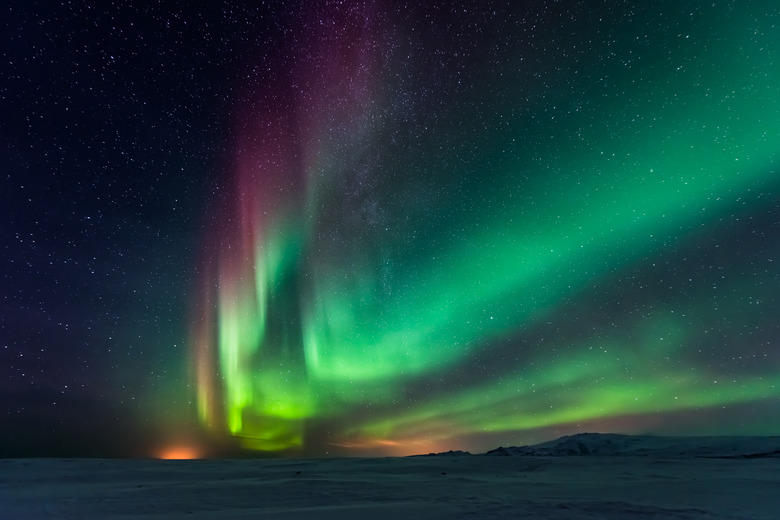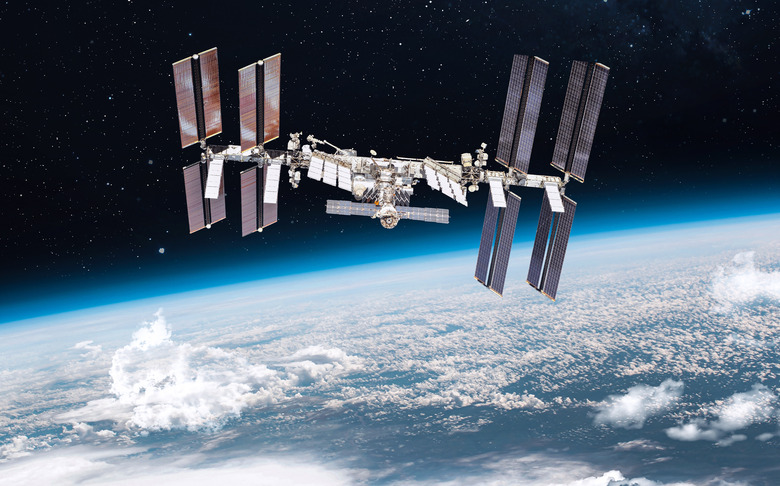Solar Storm Captured In Spellbinding Photos Taken From The ISS
The International Space Station has an incredible view of our planet. In fact, the view is so good that you can even see when solar storms leave behind aurora borealis—the northern lights. A recent set of aurora photos from the ISS surfaced on Twitter. As it turns out, the view of aurora borealis is just as mesmerizing from space.
New aurora photos from the ISS give a new perspective to the northern lights
Absolutely SPECTACULAR aurora today!!! Thankful for the recent solar activity resulting in these wonderful sights! pic.twitter.com/aOD45XSWaX
— Bob "Farmer" Hines (@Astro_FarmerBob) August 18, 2022
The spectacular light show was generated after a powerful but moderate solar storm hit Earth's magnetic field earlier this week. The images were captured aboard the International Space Station as part of a time-lapse that may be released at a later time. For now, though, we at least have a few aurora photos from the ISS to tide us over.
Astronaut Bob Hines shared the stills on Twitter, writing, "Absolutely spectacular aurora today!!!" Hines included four different images, giving a beautiful view of how the auroras look from outer space. This, of course, isn't the first time we've captured images of the northern lights from the ISS. And we may see more images like this shared as the Sun's activity ramps up.
Spaceweather.com reports that the storm that generated the aurora the ISS recorded was most likely a G2 moderate storm. The aurora photos from the ISS were taken on Wednesday, August 17, shortly before Hines shared them on Twitter. As I noted above, the images are part of a larger time-lapse that was sent back to Ground Control. We'll see more videos in the future.
As the Sun's cycle progresses towards the peak of its activity, we'll likely see more solar eruptions and storms hitting Earth's magnetic field. These storms can potentially cause minor to major blackouts of the power grid, navigation systems, and more. They also have the potential to create beautiful aurora borealis, some of which may even reach as far south as the northern United States.

